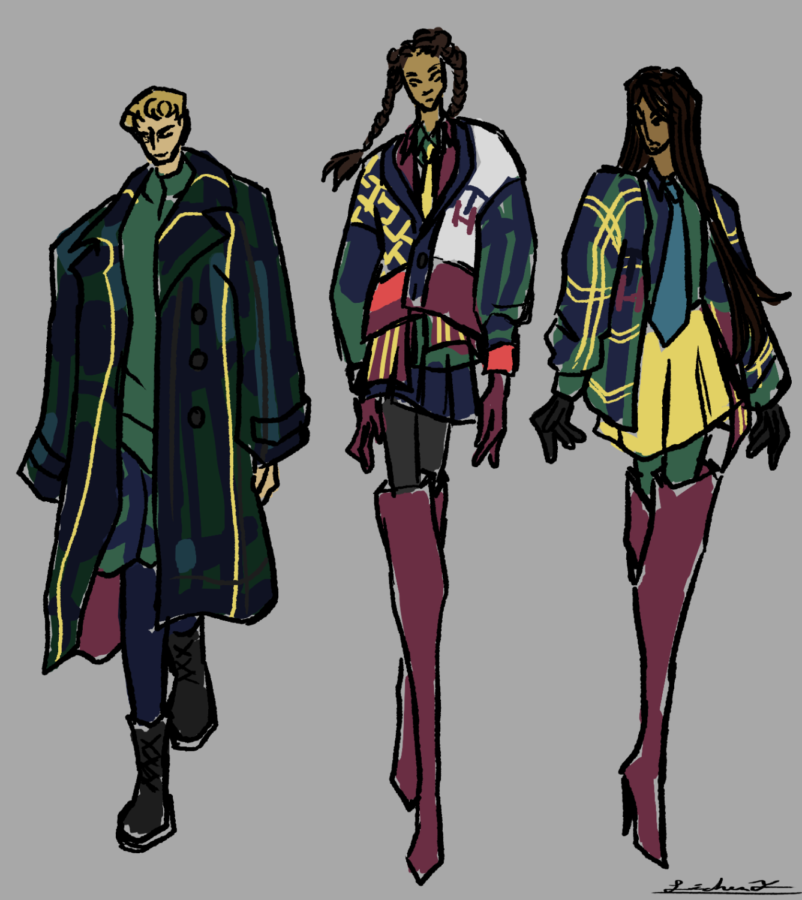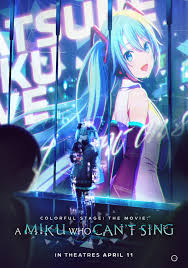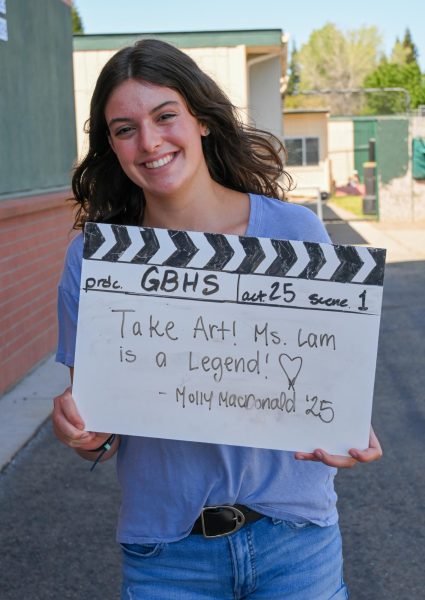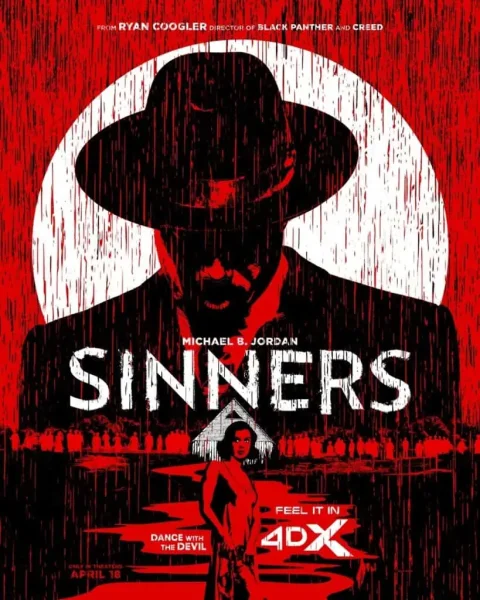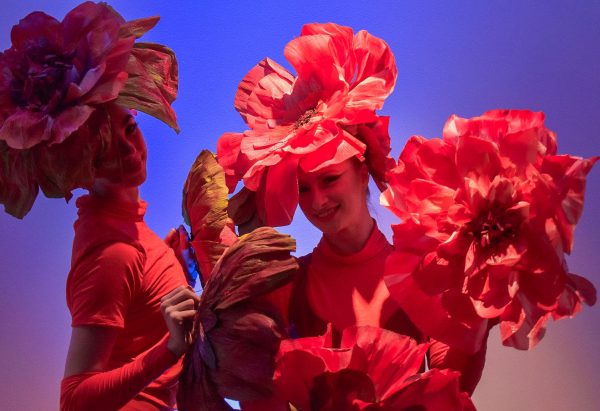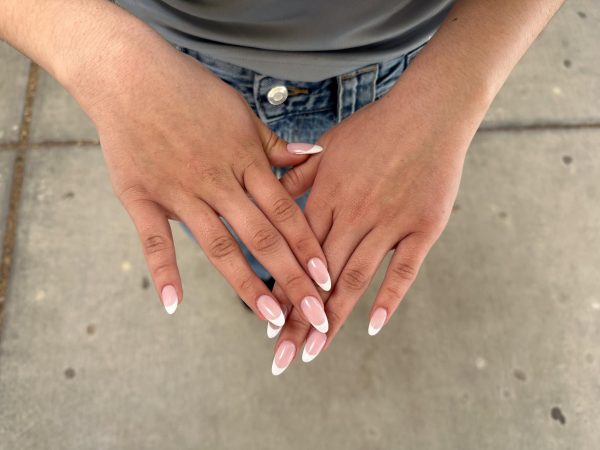New York Fashion Week Review
From disjointed silhouettes to garish fabrics to garments resembling the famed “thneed” from The Lorax, many designers at this September’s New York Fashion Week tried to test their limits– and failed. This September’s New York Fashion Week, hosted at Spring Studios and featuring more than 110 designers, was (with a few exceptions) a colossal disappointment to fashion enthusiasts all over the world.
Cohesive and compelling ensembles were few and far between. Their presence was overshadowed by the inevitably questionable looks that came before and after them, ranging from mundanely unexceptional to eccentrically outlandish.
Reminiscent of a kindergartener’s school project gone wrong, the Parsons School of Design collection should have stayed off the runway and back in the classroom. Basic structures that should’ve been left alone were drowned in ruffles, flares, and shredded hems. It’s clear the designers’ goals were very avant-garde, and in a way, they succeeded: Nobody will ever wear those clothes in public. However, one thing I do appreciate about the Parsons collection is that they did something fresh and different from the current trends and patterns seen used by a lot of other designers.
Also of note are the themes of trauma, activism and gender in their work. For example, alumni Asato Kitamura, whose collection is called “Catharsis,” used fabric structures to convey different evolutions of emotion, culminating in an all-white look resulting in a feeling of completion and wholeness.
The Prabal Gurung collection was a tragedy. Latex gloves downgraded otherwise beautiful dresses, making for a bizarre fabric contrast and outfits that looked like they were picked by a random clothing generator.
Prabal Gurung was not alone in its struggle to pair different fabrics– matching was not a priority for many designers at NYFW. Almost every Deveaux outfit had a top that didn’t match the pants, whether it was because of the fabric, or because the top looked like a shapeless poncho paired with a maxi skirt and go-go boots.
Colorful mesh is a statement that needs to stop. Mesh should only be used to add something interesting to a basic outfit, not to be the sole fabric draped defeatedly over the model’s shoulders as if the designers had gone rooting around in the trash can at Joann’s.
In a similar vein, an accessorizing crisis echoed throughout NYFW, possessing the designers behind Area, Tory Burch, and Chiara Boni to ruin a good look with strange belts and unnecessary sequins.
Two brands gave sparks of hope to an otherwise dismal runway: Jonathan Simkai and Tommy Hilfiger. The Jonathan Simkai collection consisted of three collections, each with a clear aura and intention.
The first line features structured dresses, which used crystals to add class and glamor, gave shape to the dresses, and understood the idea of wearable avant-garde, adding eccentric hats for a dynamic and interesting look.
Tommy Hilfiger used bold, rich colors to create vibrant looks. Deep shades of green, red and yellow looked elegant and the outfits exuded classic luxury balanced with the youthful notes in the off-kilter ties and knee-high boots.
Theo took avant-garde to the extreme. The inspiration for the collection was “representation of the war in the mass media” and it included a series of digitally depicted models in unnatural poses wearing clothes that looked as if they were made of paper mache.
It exuded war-torn destruction. The collection embodied the concept of a crumbling civilization with only a few people clawing their way out of the ashes.
Yet, the collection was art, not fashion. The purpose of NYFW is to showcase fashion collections to potential buyers and the press, and this doesn’t serve a purpose if what is being displayed isn’t remotely wearable or fashionable. The Theo collection was brilliant, but it belonged in a museum, not NYFW.
These designers were collectively the most intriguing ones deserving of mention, but dozens of shows between them were repetitive, bland and boring. It’s very clear which designers approach fashion from a nuanced and creative perspective and which merely churn out clothes they know will make money (because they look just like everything else that’s trending).
The next NYFW event is February 9-15, 2023. The fashion world can always be relied upon to present something new at these runway shows. In the words of Karl Lagerfeld, former creative director of Chanel, “Fashion is not only about clothes – it’s about all kinds of change.”



